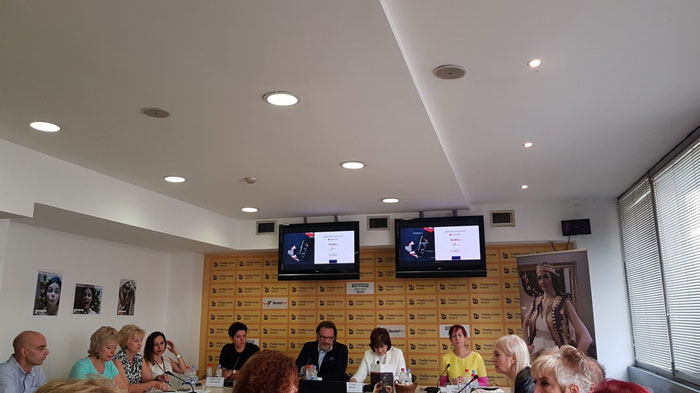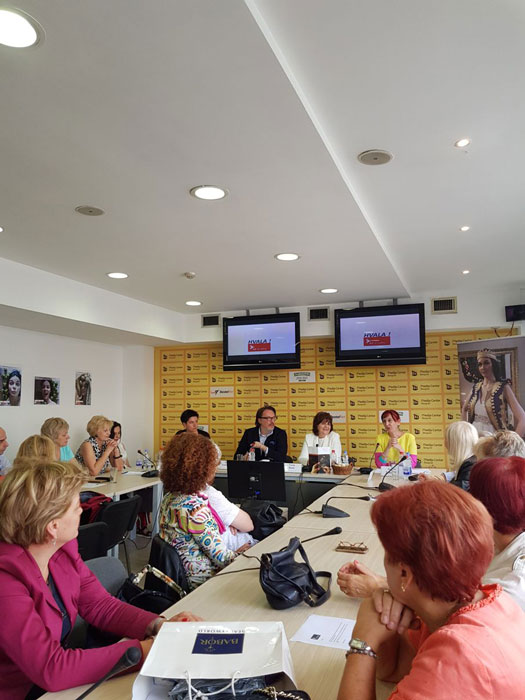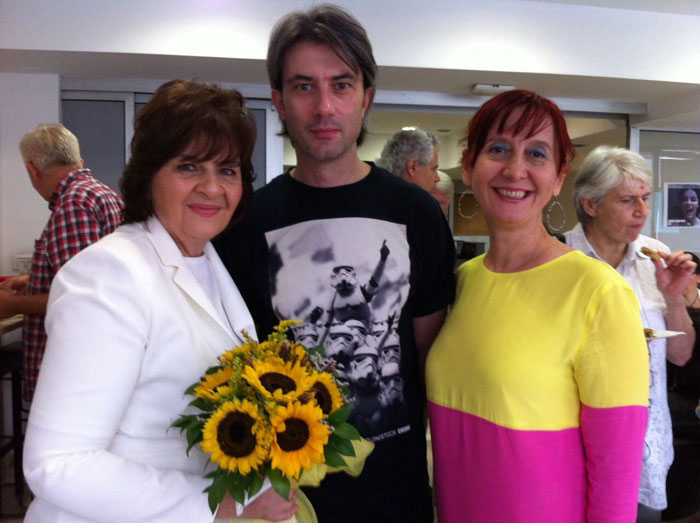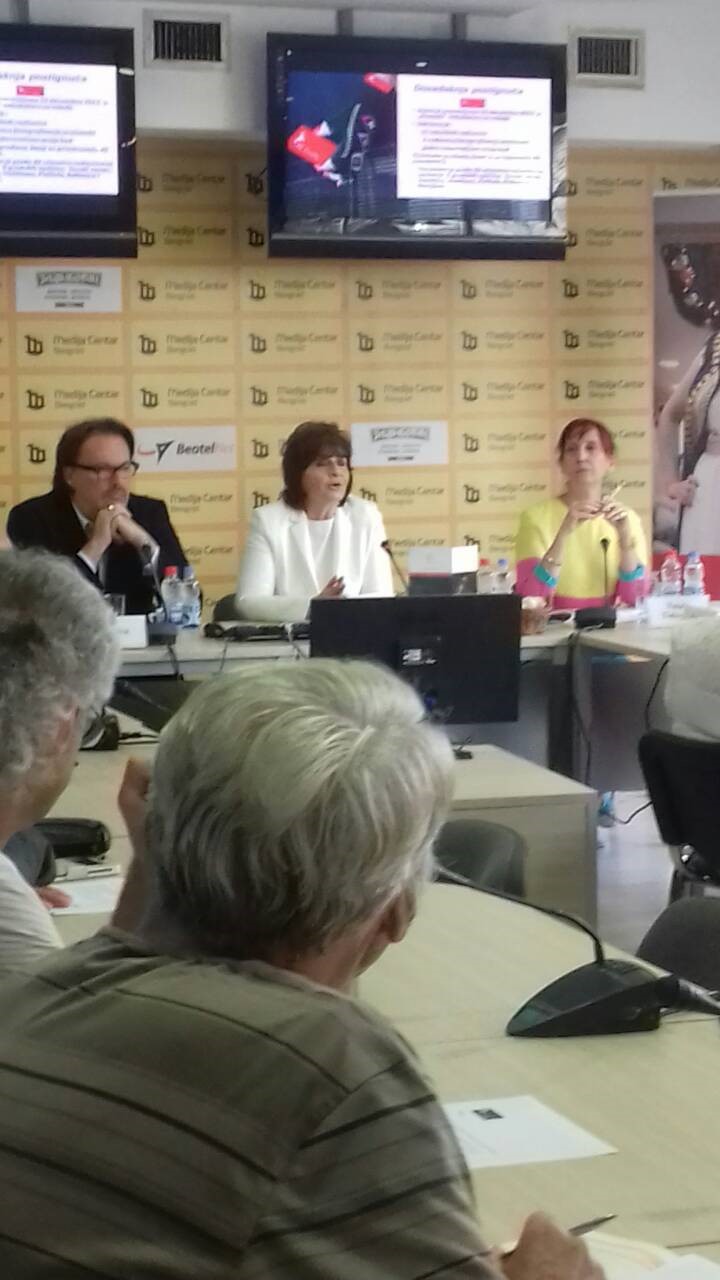Bank of Motifs, project promotion event
On Tuesday 10 July 2018 in the Belgrade Media Centre a promotional event for the “Bank of motifs” project was organised. The project is being implemented by the Cluster for Revitalisation of Old Crafts Re: Crafts within the framework of Taking Action on Social Inclusion of Older People project coordinated in the five countries in the region by the Red Cross of Serbia with support of European Union, Austrian Development Agency and Austrian Red Cross.
At the event, which was a media conference, the head of the Re: Crafts Cluster, Vesna Rusic spoke about the significance of successful implementation of intergenerational solidarity projects, highlighting the intergenerational components of the “Bank of Motifs” project. Igor Todorovic, fashion designer and member of the Council for Creative Industries of the Government of Serbia spoke about the importance of re-branding in preserving cultural heritage. In his speech he highlighted that life in the new millennium is inextricably and increasingly linked to technology, informatics and robotics so it is necessary, as well as ethical obligation, to preserve grand cultural and artistic heritage of crafts and direct it towards, as research tells us, future popular and respected professions – handcrafts, with highly valued commitment and innovation.
Natasa Todorovic of the Red Cross of Serbia spoke about the “Bank of Motifs” project highlighting why it is good on several levels. The first level is the individual, personal life of women included in the project. Research shows that creative engagement improves physical health as well as mental health as it decreases loneliness and depression. At other levels, creative engagement such as in this project is important for intergenerational solidarity as it strengthens family ties through knowledge transfer between generations. It is also important as it increases social inclusion – older women participating in such creative endeavour are also better included in other segments of the society. Additionally, this supports lifelong learning and demonstrates that not only formal but also informal education has great potential to strengthen individuals, families and communities. No less important, this project is important from the aspect of preservation of cultural heritage, especially in 2018 – theEuropean Year of Cultural Heritage. Additionally, it is important to demonstrate that cultural heritage can be used for modern design. Finally, this project once again demonstrated that creativity does not vanish with age: we should not forget that Benjamin Franklin invented bifocal lens at the age of 78, Giuseppe Verdi wrote his opera Falstaff at the age of 80 and Frank Lloyd Wright finalised project for Guggenheim Museum at the age of 92. This project is therefore also our effort to combat discrimination, prejudice and stereotypes against older people and older women and the notions that they are a burden for their families and the society demonstrating that their contribution is visible and measurable.
Zeljka Ciric Jakovljevic, Head of Marketing and Corporative Communication Eurobank Serbia spoke about the relationship the corporate sector has with cultural heritage. Gordana Lazarevic, consultant, talked about the importance of existing European Union funds that can help create new business models related to cultural heritage. Zagorka Andjelkovic of MVC closed the event speaking about the Collective Living project.




